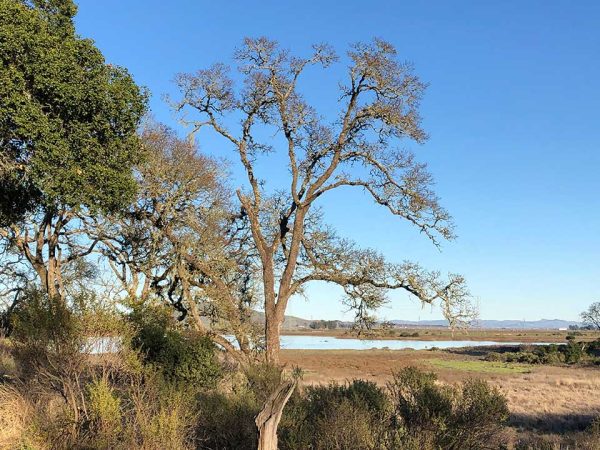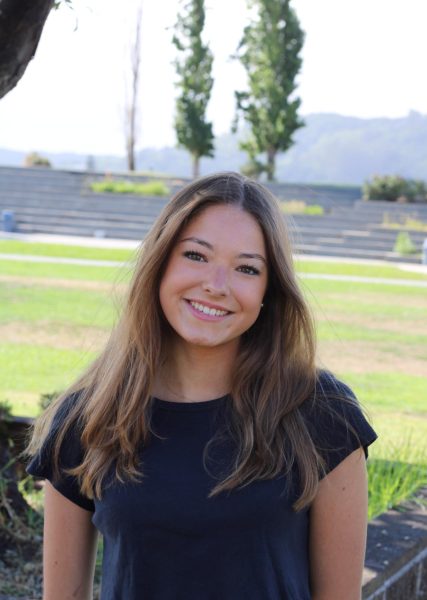
The Marin Audubon Society (MAS) covers around 525 acres over their 14 properties, spanning from San Francisco to the San Pablo Bay. MAS is a nature conservatory program on these expansive properties that works to protect and maintain Marin’s land. Since 1956, their mission has been “to conserve and restore natural ecosystems, focusing on birds, other wildlife and their habitats, for the benefit of humanity and the Earth’s biological diversity,” as stated on the MAS website. They have successfully done this by purchasing and enhancing over 1000 acres of wetlands and uplands.
MAS tries to conserve land and nature by buying land for housing to prevent development in the Richardson Bay tidelands. MAS will keep the land once it has been restored or handed over to a public agency, like the Marin County Open Space District or the State Department of Fish and Wildlife. These agencies continue to preserve the land as public open space.
Additionally, MAS works to educate interested listeners by hosting monthly speakers accessible to the public. Once a month, these free speaker events are available to anyone interested in learning more about Marin’s ecosystem and its inhabitants. This wildlife includes skunks, spotted owls and land birds.
Barbra Salzman is the president of the MAS and has been working with the organization since 1974.
“[Being the president is] a lot of work, but it’s also inspiring. Preserving our environment is an important job and I’ve enjoyed doing it for a while,” Salzman said.
One of the main parts of our ecosystem is that MAS works to protect the wetlands.
“For years [humans] have destroyed marshlands. There are two or three communities [in Marin] that are built on marshes,” Salzman said. “Not only do you lose the benefit for wildlife but for people [as well].”
Wetlands are essential to our ecosystem and play a crucial role in Marin’s biodiversity by improving water quality by removing pollutants from the waters. This helps protect Marin from shoreline erosion and flooding. The housing built upon these wetlands is not only susceptible to flooding but also sinks over time. In addition, Marin County is no longer able to benefit from the qualities that wetlands supply because of erosion and flooding.
Salzman believes that MAS’s most significant accomplishment was purchasing their property, Bahia. At the time, the property covered an expansive 635 acres. Bahia features marshes and almost 300 acres of adjacent uplands inhabited by trees unique to Marin. MAS primarily receives donations from donors through memberships and special donations to fund these properties. These funds and grants go towards the costs of restoration and hiring engineers, biologists and contract workers to ensure that the project goes smoothly.
Besides restoring ecosystems and hosting public speakers, MAS also offers community service opportunities at The Corte Madera Ecological Reserve Expansion site near Redwood. They hold monthly work days where people can help clear weeds and other invasive species to enhance the ecosystem. Many students, like sophomore Liam McCaw, have volunteered here before. When McCaw volunteered, he worked to restore the land for the native animals by clearing invasive weeds.

“[Removing the weeds] was pretty simple and nothing complicated. The people [who worked at MAS] were really friendly, open and sociable. I got a feel of what it was like to be in the organization,” McCaw said. When McCaw volunteered, he also learned about the land and animals that inhabit it.
“I learned about how the tides affect the birds and the native insects and how they actually had to reshape [the tide] so that when it comes in the animals can go up to higher lands so that they don’t drown. Then, when the tide goes out, they go to the marsh,” McCaw said.
While volunteering or visiting MAS, you can learn about birds and their habitats, experience nature and support a good cause.
“We conserve, preserve, enhance and restore habitats for birds and wildlife, but that also benefits people in many ways. All of our properties have benefits for wildlife and for people. The plants that we protect contribute to clean air, and the marshes protect the shoreline from erosion and flooding,” Salzman said.





